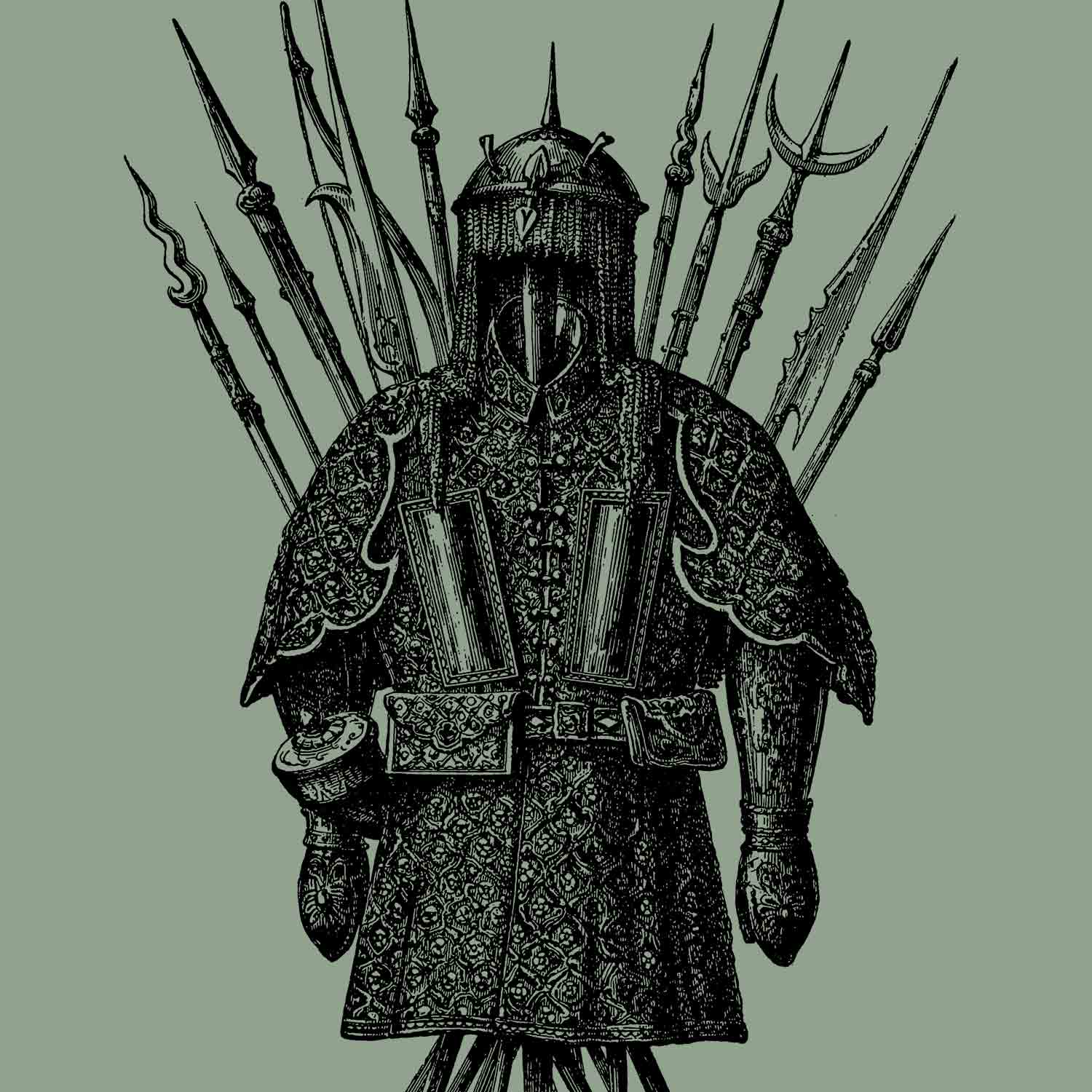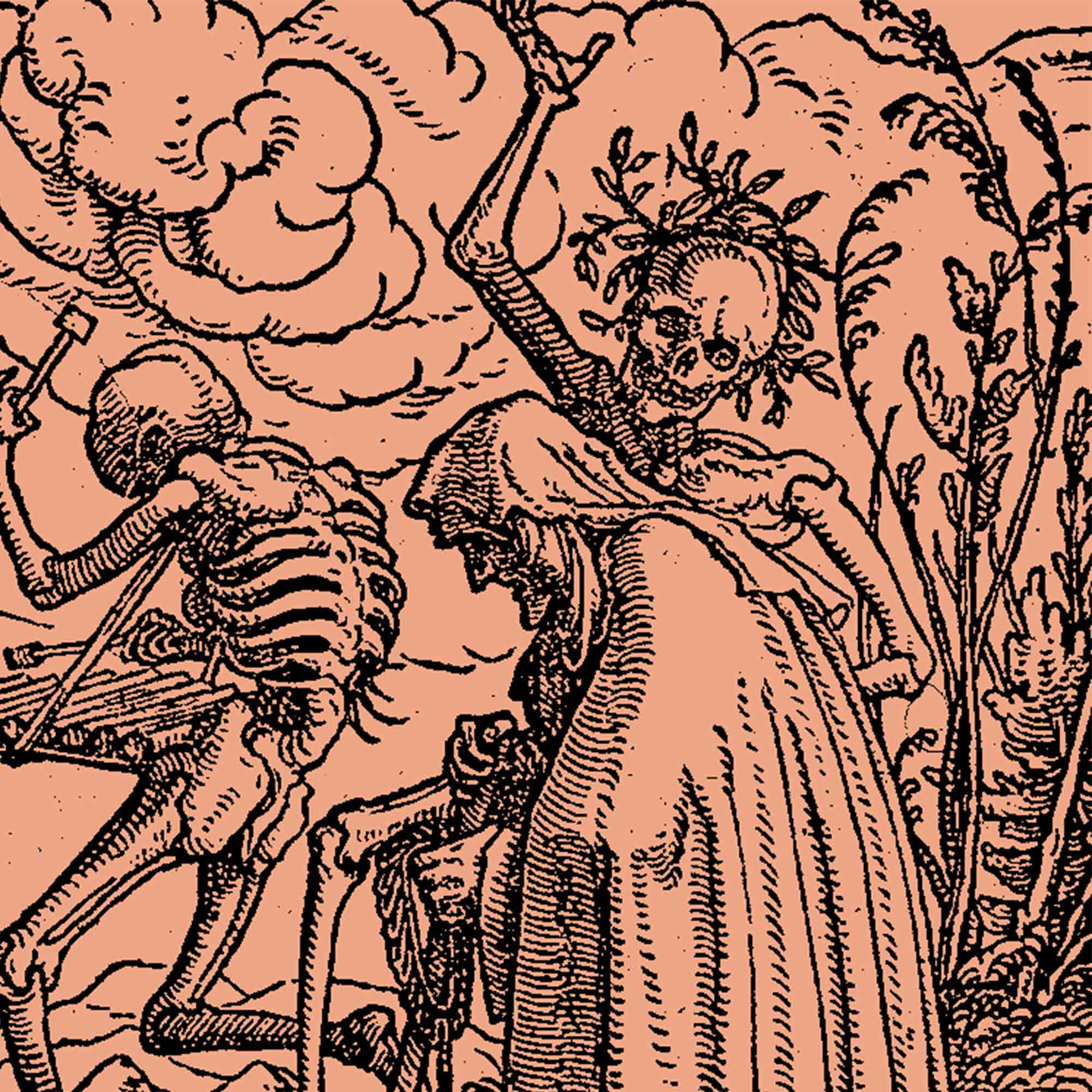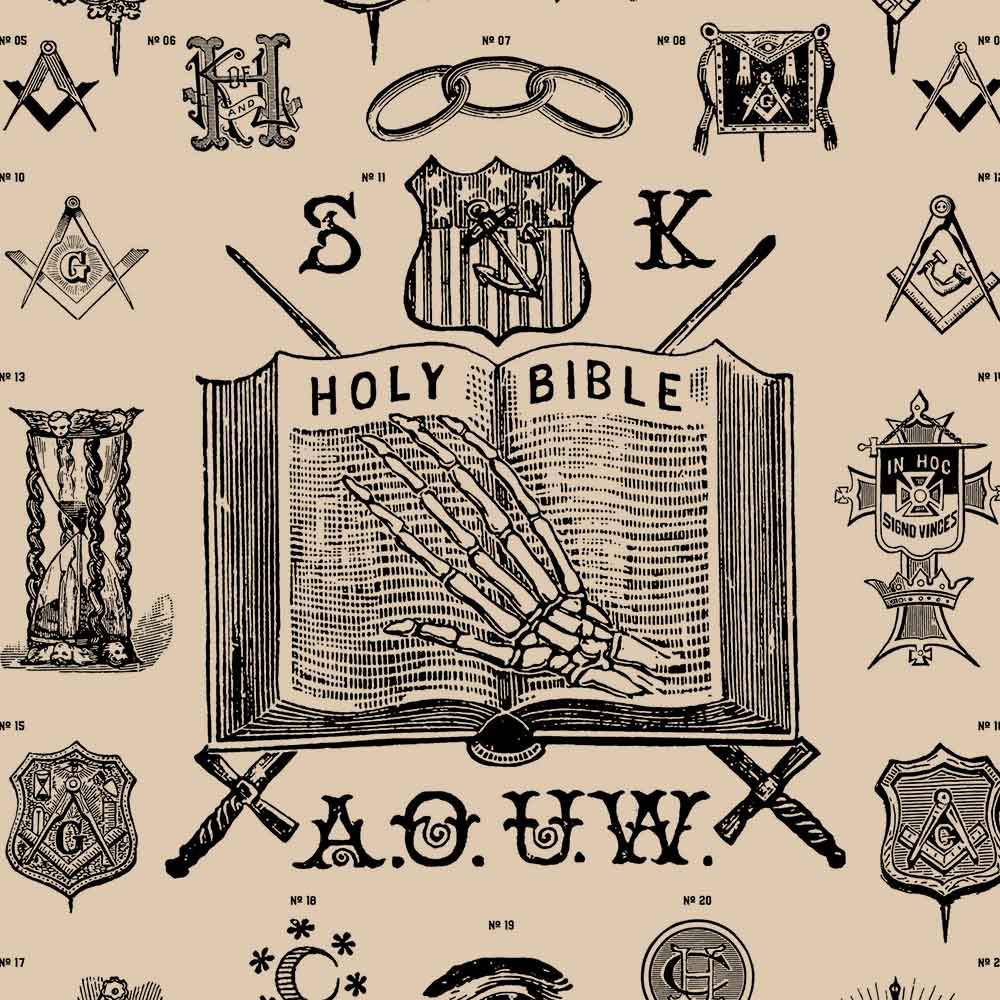|
We've compiled our list of top ten deadly medieval weapons; of course, we wouldn't forget popular favourites like the sword and axe, but we've also included some unusual weapons you may not know as well. Read on to find out what you need to kidnap an armoured knight on horseback, how you and your friends can defend yourself from a cavalry charge, and what exactly a 'Hellburner' is.
1. The Great SwordPier Gerlofs Donia (c. 1480 – October 28 1520) owned one of the most giant swords ever used in battle. He was a Frisian rebel leader and pirate, also known as Grutte Pier, Greate Pier, or Grote Pier, in honour of his legendary size and strength. A great sword that is said to have belonged to Pier is displayed at the Fries Museum in Leeuwarden. It measures an astonishing 2.13 metres (7 ft) in length and weighs approximately 6.6 kilograms (14.6 lb).
2. CrossbowThe projectiles launched by crossbow are called crossbow bolts. These resemble arrows but are shorter and can be significantly heavier. Depending on the individual crossbow, the ideal weight of the bolt will vary, but most will puncture armour. There is an optimum weight for bolts to achieve maximum kinetic energy, which varies depending on the strength and characteristics of the crossbow, but most could pass through chainmail. Crossbows were standard battlefield weapons by the 12th Century but were eventually replaced in battle by gunpowder weapons, such as the 'hand cannons'.
3. HellburnersHellburners are ships repurposed to act as floating bombs, notably during the Siege of Antwerp (1584–1585). The method of loading an old wooden boat with combustibles and letting it drift into your enemy's fleet stretches back to Ancient Greece. Federigo Giambelli, the inventor of the Hellburner, modified two ships with a 'fire chamber' made of bricks and mortar and three tons of high-quality gunpowder and carefully placed stone and shrapnel and fuses. One boat used a traditional slow-burning fuse, but the other employed, if not the first, an early version of the time bomb to detonate it. The ship with the slow-burning fuse ran around, but its companion hit their target, a bridge, demolishing a large section and instantly killing nearly 1,000 soldiers.
4. Man CatcherThe Man Catcher was used by kidnappers looking to ransom a wealthy knight or notable person. The Man Catcher was designed to pull men off horseback and consisted of a long pole with two large semi-circles at the end. When the spring connecting the two circles closed around their neck, the victim would be trapped. The weapon has metal teeth, but the victim would be wearing armour and protected enough to remain alive and exchanged for money. During the Coronavirus pandemic, Nepalese and Indian police forces used a similar contraption (but targeted around the waist and with no metal teeth) to capture Coronavirus lockdown breakers while maintaining social distance.
5. MisericordeA misericorde is a long, narrow dagger (8-10 inches) designed to quickly and cleanly deliver the death stroke, also known as the mercy stroke - which inspired its name. It was a weapon used on a mortally wounded knight to prevent them from suffering from a slow, painful death from their wounds or blood poisoning. The narrow blade could slip between plated armour covering the heart or through a helmet's visor or eye holes to find the brain.
6. TrebuchetA trebuchet is a catapult designed to hurl large and heavy objects over a long distance. The first type of trebuchet was invented in China in the 4th century BC. Invading armies used these machines in siege warfare to break a castle's defences by throwing missiles such as large rocks or metal shaped into a sphere to shatter the walls. Or by launching rotting corpses (human and animal) over the castle walls or in a water supply to spread disease among the inhabitants as a type of biological warfare.
7. AxesAxes were most commonly by foot soldiers and occasionally by knights. It was a popular weapon because it was simple to use and inexpensive to produce. The axe is a close combat weapon, ideal for cutting with force. This image illustrates an interesting example of a medieval axe. In addition to the cutting blade, this weapon also features a toothed hammer (A) and a dagger.
8. LanceWe often think of a gallant knight on horseback wielding a lance in a tourney. It was also a popular weapon for the cavalry soldier as they rode at the approaching infantry lines to break their formation. A lance was an excellent weapon for fighting at a distance, but it was only used once per battle in the initial charge, as it may have broken on impact and was impractical for use in close quarters, as it was between 6.6 and 9.8 feet long.
9. PikeAn excellent defence against a lanced cavalry charge was a pike, a 10 to a 25-foot long pole with a metal blade. Pikemen worked afoot, and formations of well-drilled men moving in unison worked as an aggressive force or as a defensive strategy against a cavalry charge or an infantry advance. A pike square is an example of a pike formation, where pikemen would move into various defensive or offensive positions depending on the battle's situation. An example of this is a defensive position against a cavalry charge, where the first rank of pikemen crouch with pikes angled upwards. Above their heads, the second rank of pikemen positions their weapons in preparation for a thrust.
10. MaceThe mace is a club-like weapon with a solid shaft, topped with a heavy head of bone, copper, bronze, iron, or steel. It is designed for close combat and can deliver a powerful blow even with one hand. The mace is designed to inflict blunt trauma, not to draw blood. Upper Palaeolithic people used early maces, and since then, it has been was a popular choice for armies throughout the world. In medieval Europe, it was used by foot and mounted soldiers. Foot soldiers would have a mace approximately 2-3 feet long, whereas mounted cavalry used a longer mace to better manoeuvre on horseback. The metal knobs and flanges on the ends of a mace were designed to pierce plate armour.
|

Mega Bundle: 7,573 images
Introducing the ultimate creative powerhouse: The Mega Bundle by Vault Editions! Boasting an incredible 7,531 high-resolution images from 37 of our most popular titles, this digital bundle is a must-have for anyone looking to take their designs to the next level.
But that's not all – we've also included five print-at-home craft eBooks and a digital copy of our Tattoo Lettering Inspiration Reference Book. The creative possibilities are truly endless.
Whether you're a professional designer or just starting out, this Mega Bundle will blow your mind with its stunning collection of images and an impressive variety of genres. From anatomy and medical illustrations to insects and botanical art, this bundle has something for everyone. And with the ability to quickly create client designs, impressing your peers has never been easier.
We know that delivering quality work on time is critical, which is why all of our images are high-resolution files, ensuring that your final products will look nothing short of amazing.
So why settle for mediocre designs when you can go all out with the Vault Editions Mega Bundle? With so much creative potential at your fingertips, the possibilities are truly endless. Get your hands on the Mega Bundle today and take your creativity to new heights!



